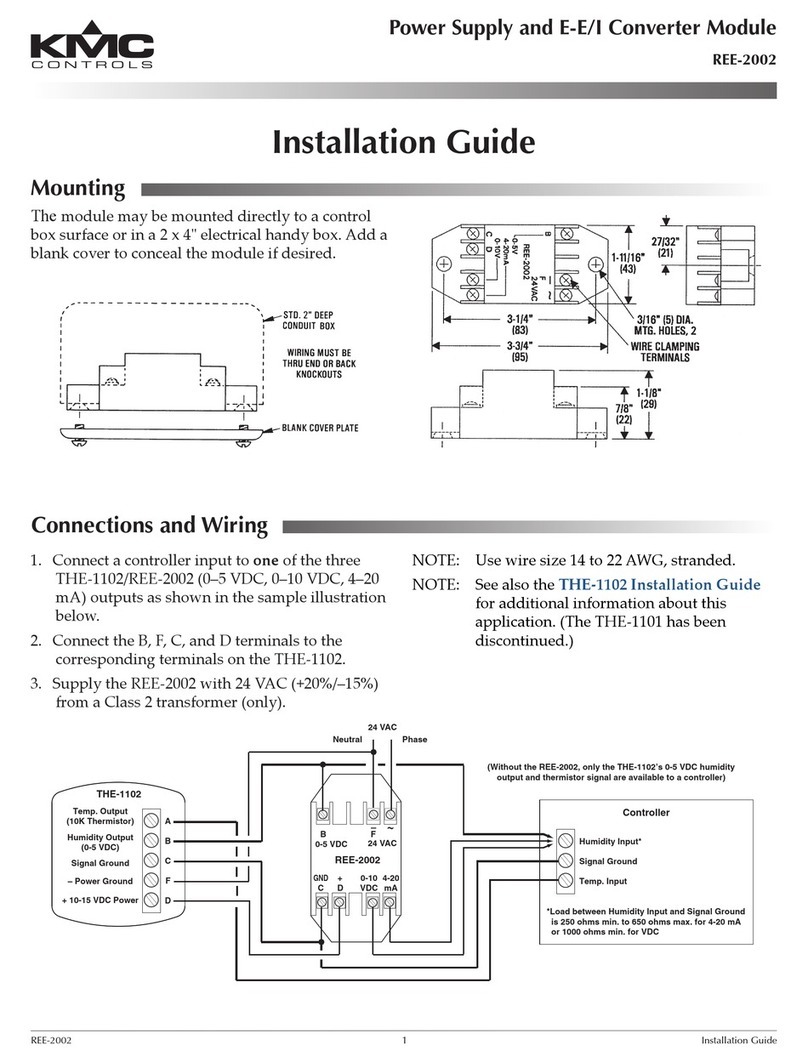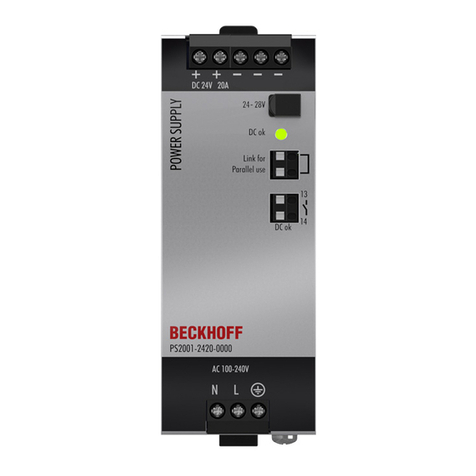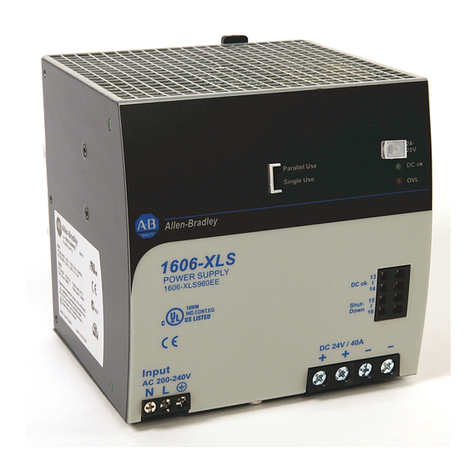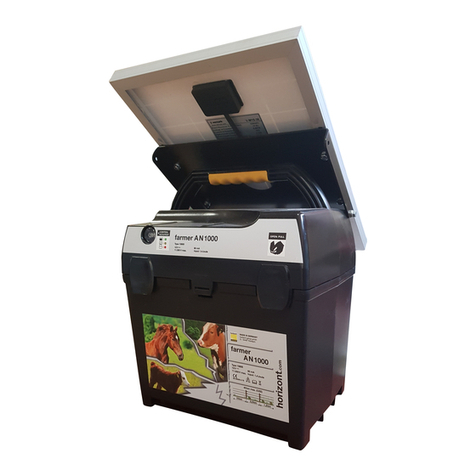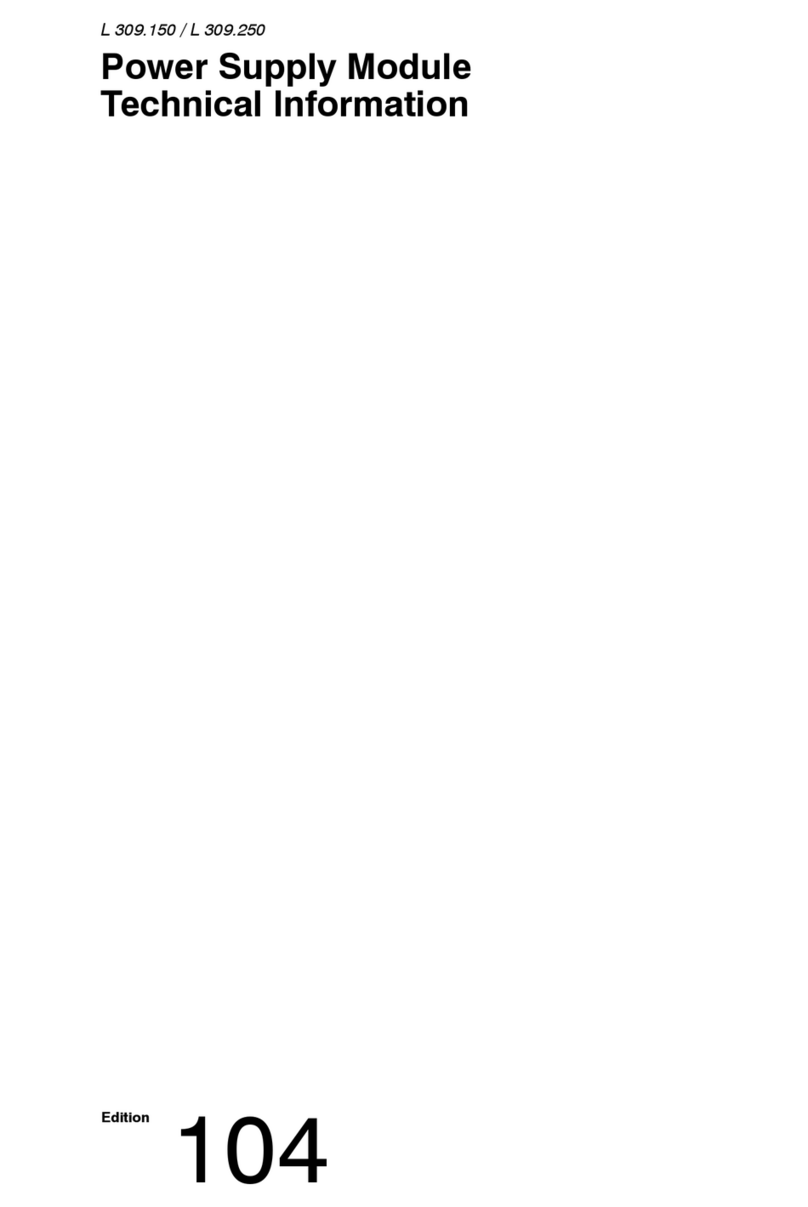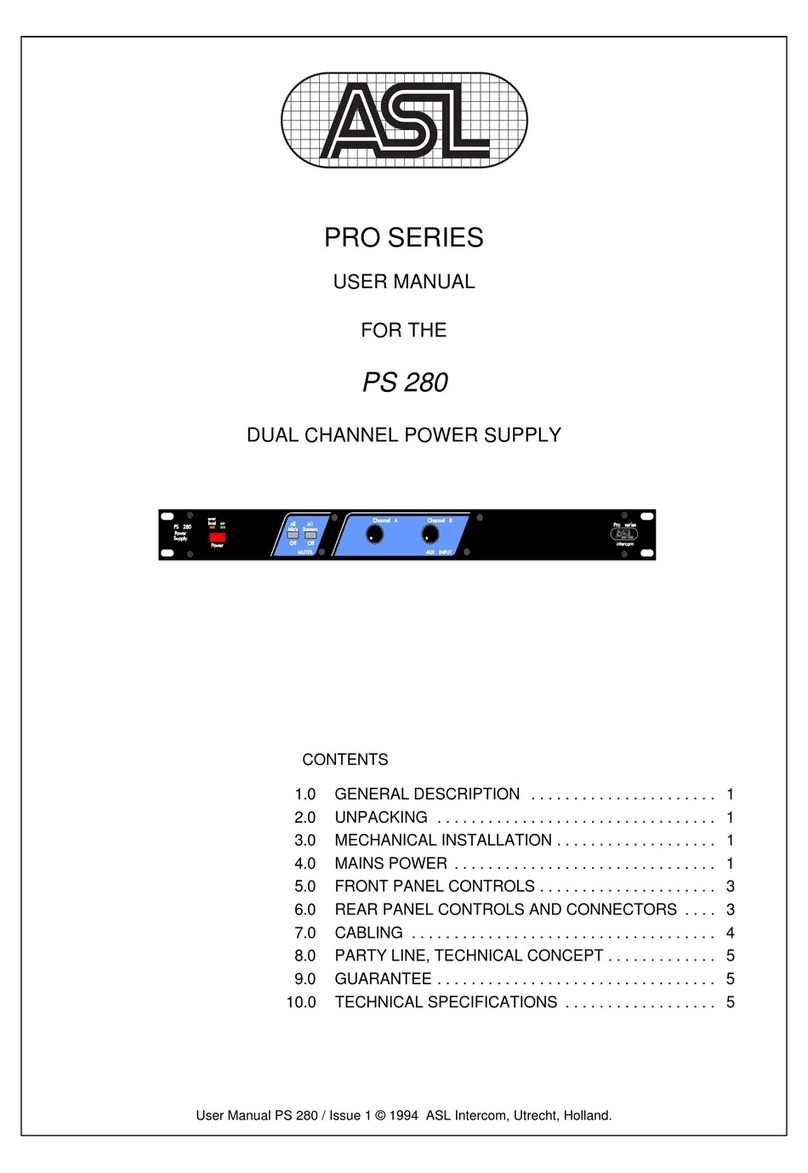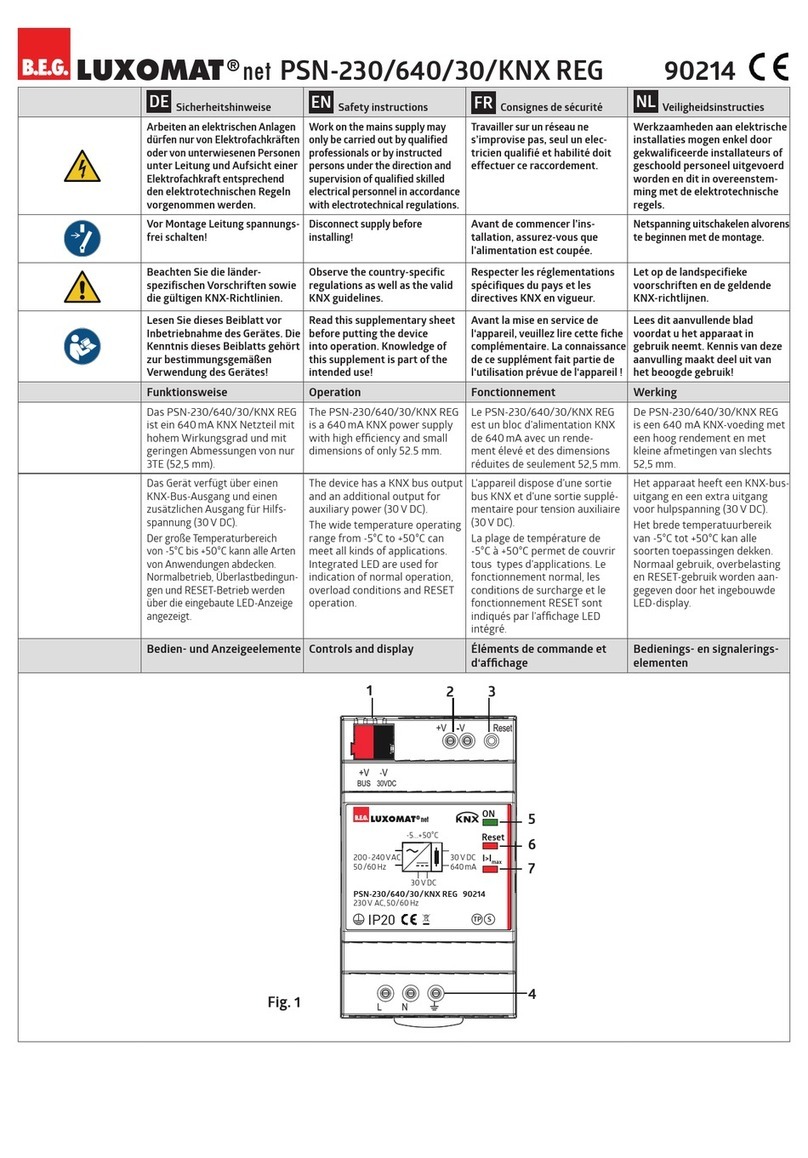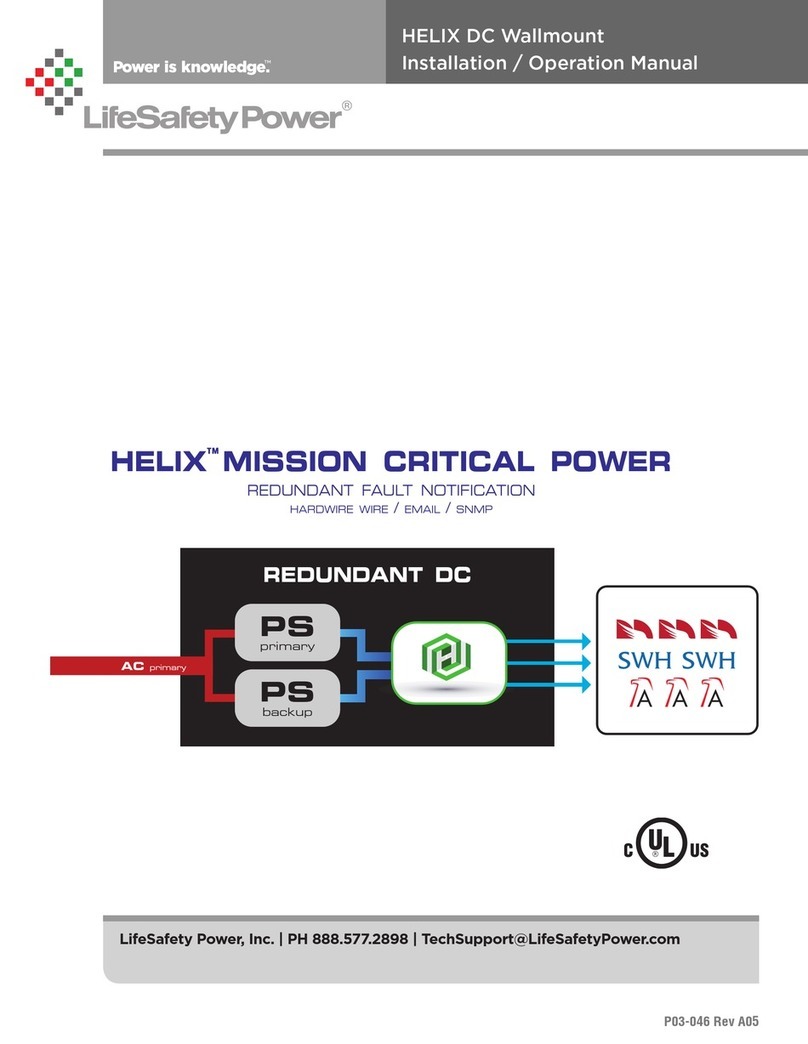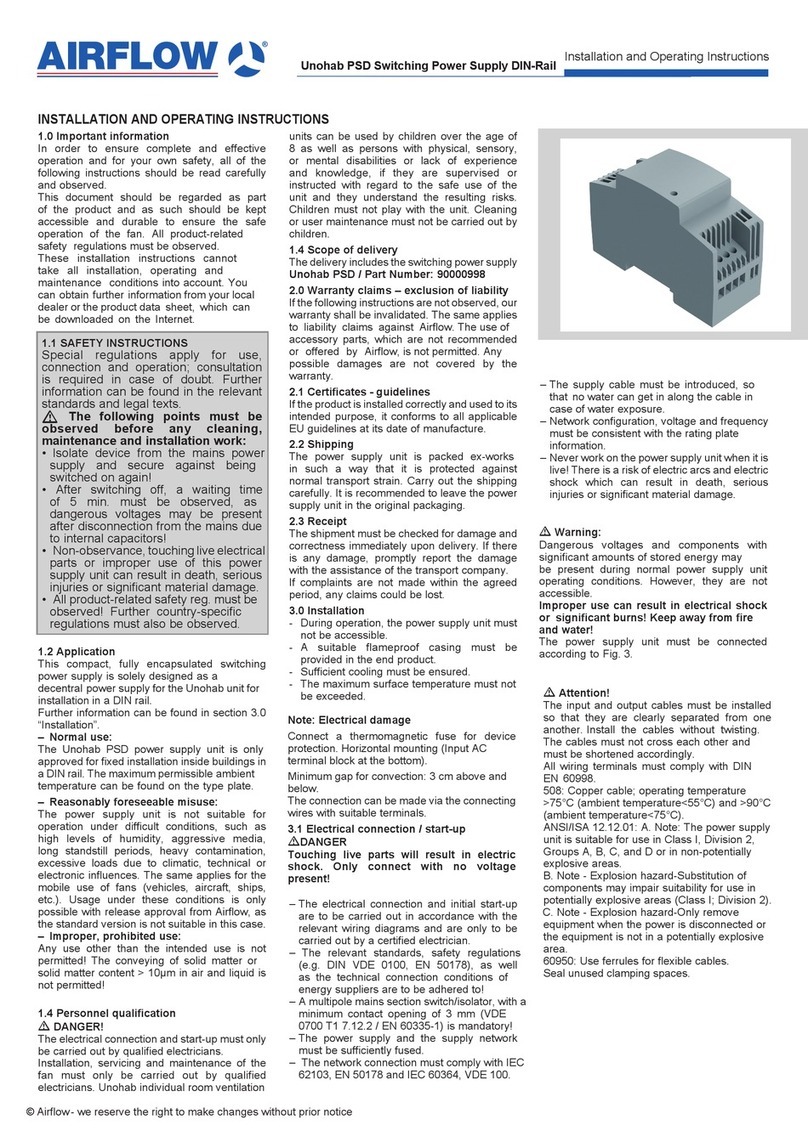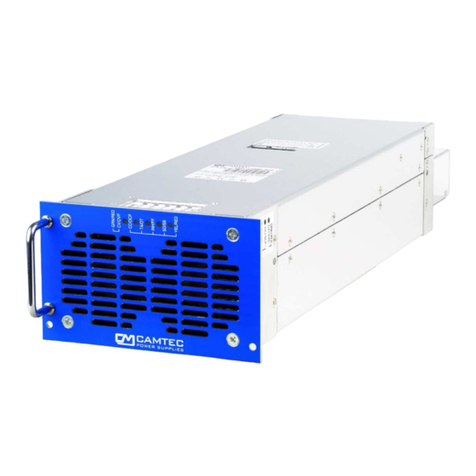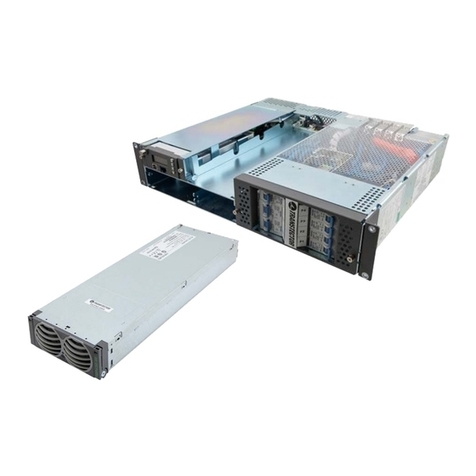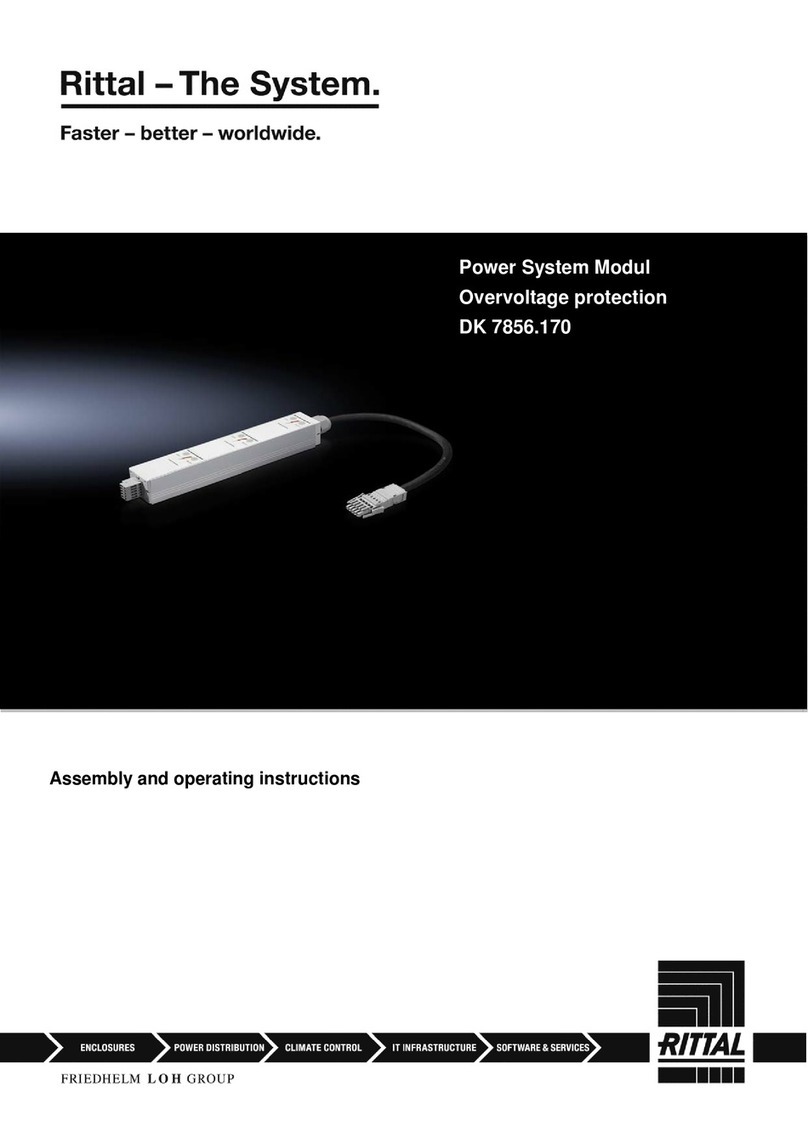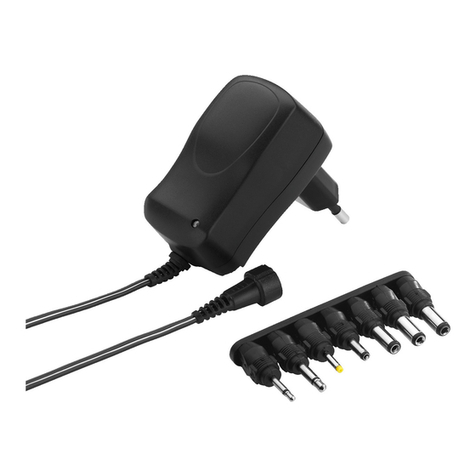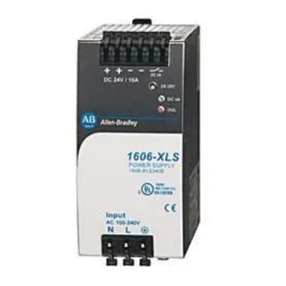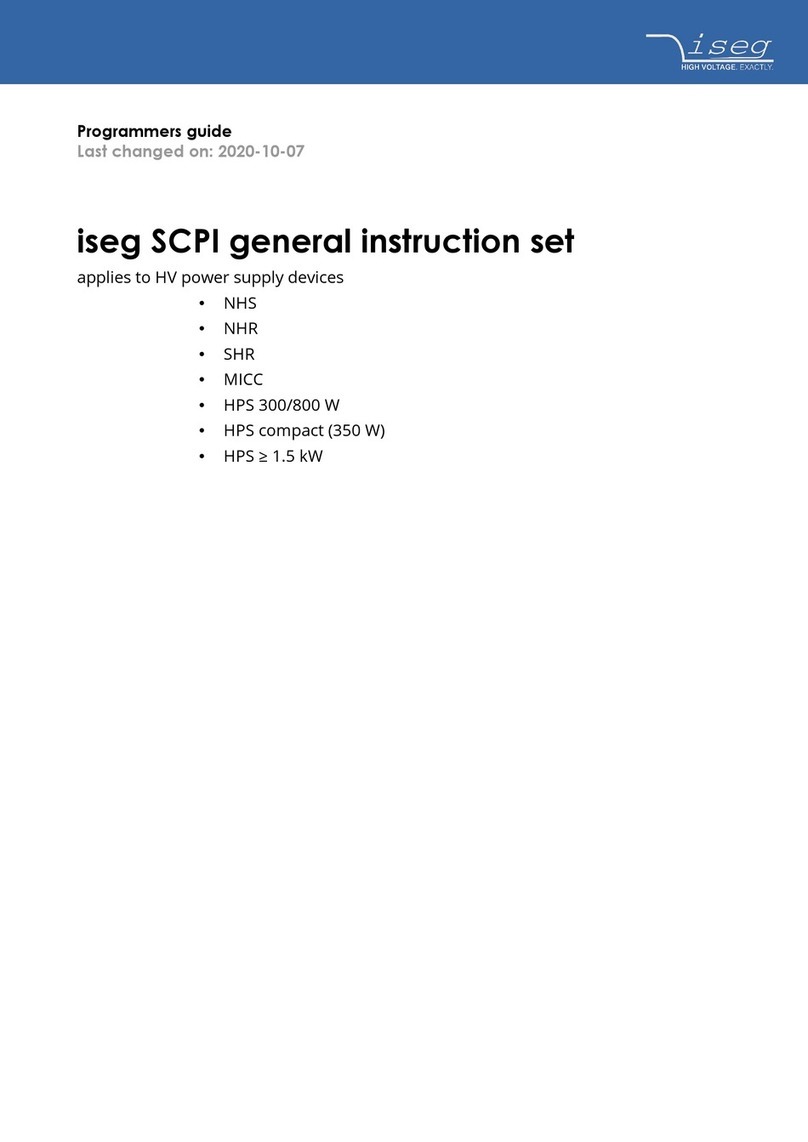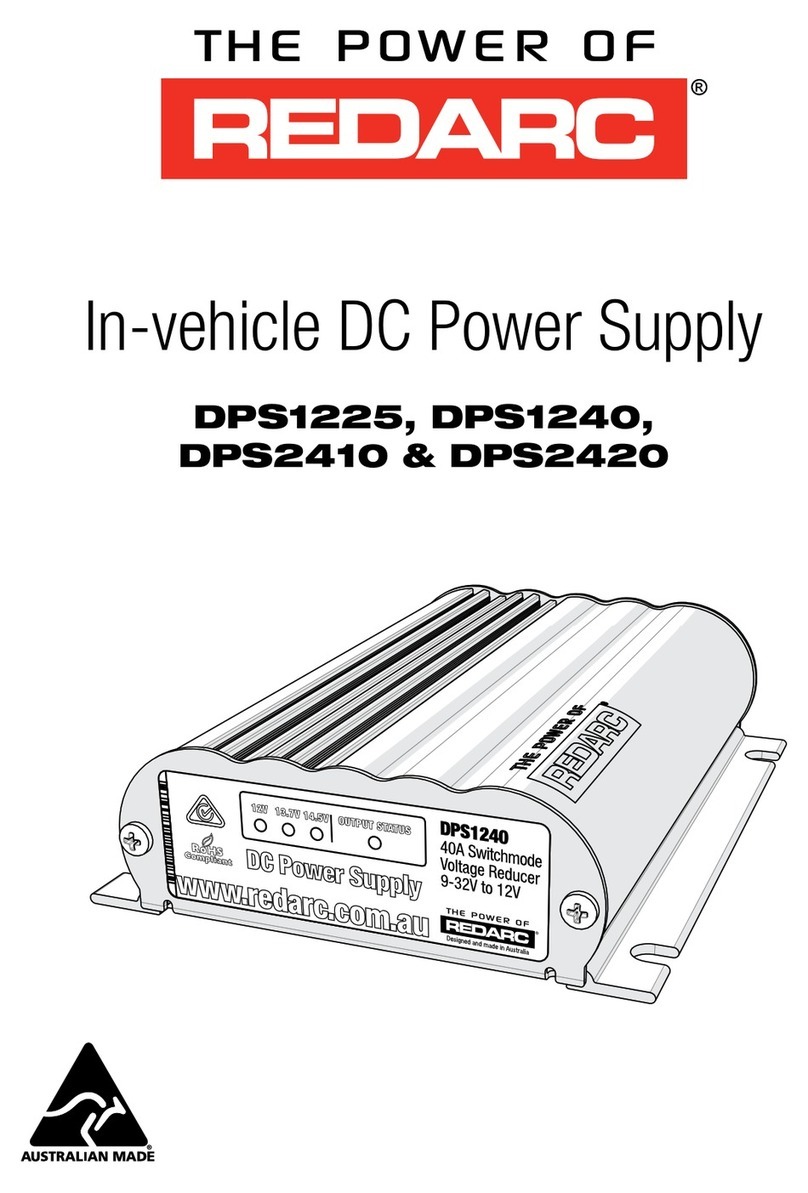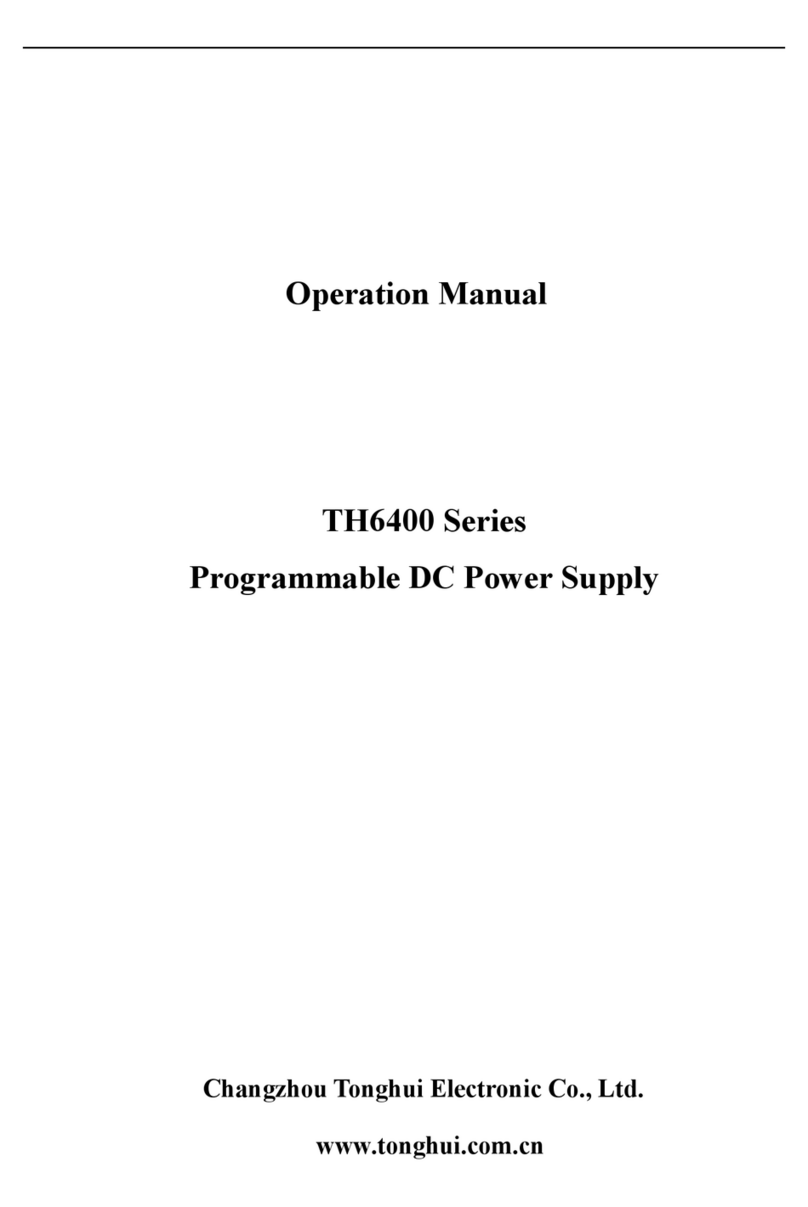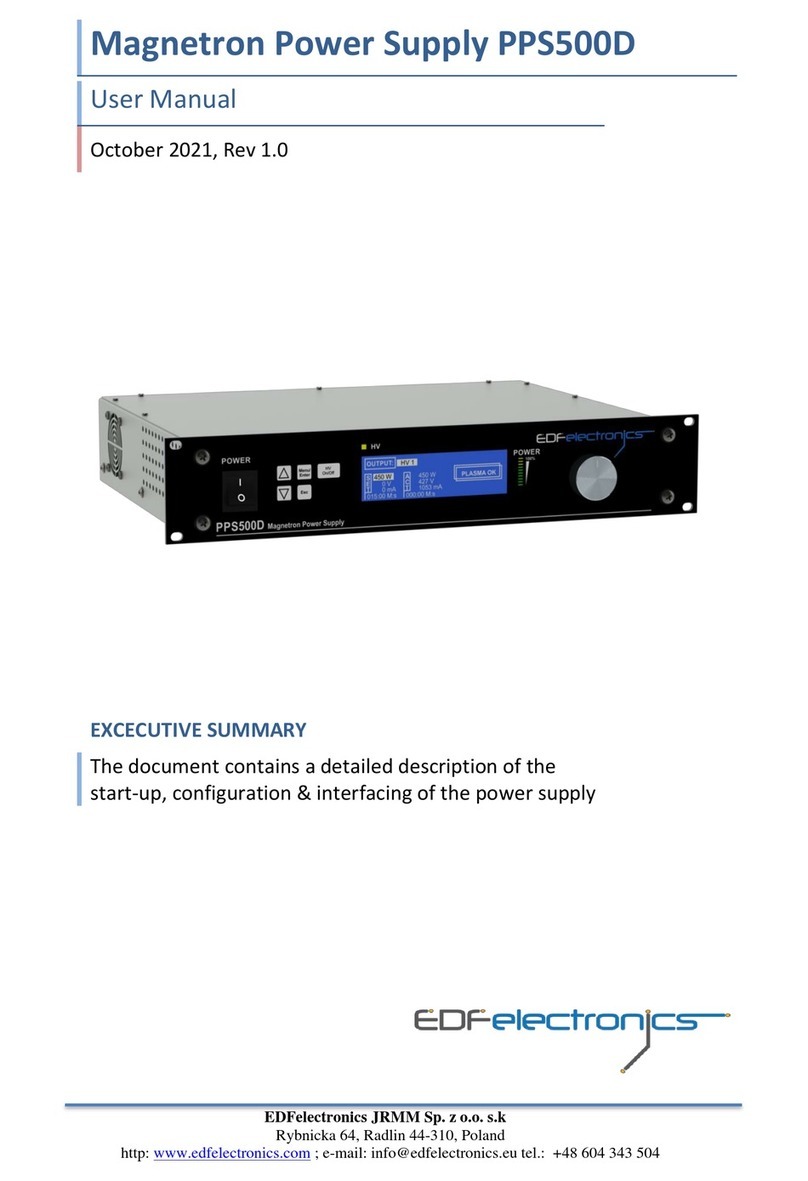Table of Contents
1.Introduction ................................................................................................................................5
1.1. Intended Use.................................................................................................................................... 5
1.2. Liabilities and Warranty............................................................................................................. 5
1.4 Safety ................................................................................................................................................... 6
1.4.1. Personnel Qualifications............................................................................................................................................6
1.4.2. Illustration Of Residual Dangers ...........................................................................................................................6
1.4.3. General Safety Instructions......................................................................................................................................7
2. technical Data...........................................................................................................................9
2.1. General Data .................................................................................................................................... 9
2.1.1. Mechanical Data ............................................................................................................................................................9
2.1.2. ambience...........................................................................................................................................................................9
2.1.3. Use and Operating Modes......................................................................................................................................10
2.1.4. STANDARDS .................................................................................................................................................................11
2.2. Mains Connection.........................................................................................................................11
2.3. Specifications ................................................................................................................................11
2.4 Features:...........................................................................................................................................12
2.5. Interfaces ........................................................................................................................................14
2.5.1. I/O interface..............................................................................................................................................................14
2.5.2. UART ( RS232/RS485 ) ......................................................................................................................................14
2.5.3 ETHERNET/IP...........................................................................................................................................................14
3. Installation ..............................................................................................................................15
3.1. Unpacking.......................................................................................................................................15
3.2. Mechanical Installation .............................................................................................................15
3.2.1. Rack Installation.........................................................................................................................................................16
3.3. Connecting......................................................................................................................................17
3.3.1. Rear Panel......................................................................................................................................................................17
.........................................................................................................................................................................................................17
3.3.3. Grounding......................................................................................................................................................................19
3.3.4. High Voltage Connectors HV1 and HV2 ..........................................................................................................20
3.3.5. Interface Connector Analog remote ..................................................................................................................22
3.3.6 Serial Interface Connector......................................................................................................................................25
3.3.7 Ethernet Interface.......................................................................................................................................................26
4. Using the Power Supply PPS20..........................................................................................27
4.1. Front Panel.....................................................................................................................................27
4.1.1. Main Power Switch ...................................................................................................................................................27
4.1.2. Membrane Keyboard................................................................................................................................................28
4.1.3. High Voltage Indicator.............................................................................................................................................29
4.1.4. Alphanumeric LCD display....................................................................................................................................29
4.1.5. Power Bar Identifier.................................................................................................................................................29
4.1.6. Rotary Encoder with Press Button....................................................................................................................30
4.1.7 Main Screen Description .........................................................................................................................................30
4.2. Menu Operation............................................................................................................................31
4.2.1. Menu Navigation ........................................................................................................................................................32
4.2.2. HV Output Selection..................................................................................................................................................33
4.2.3. Constant Power Operation....................................................................................................................................33



















